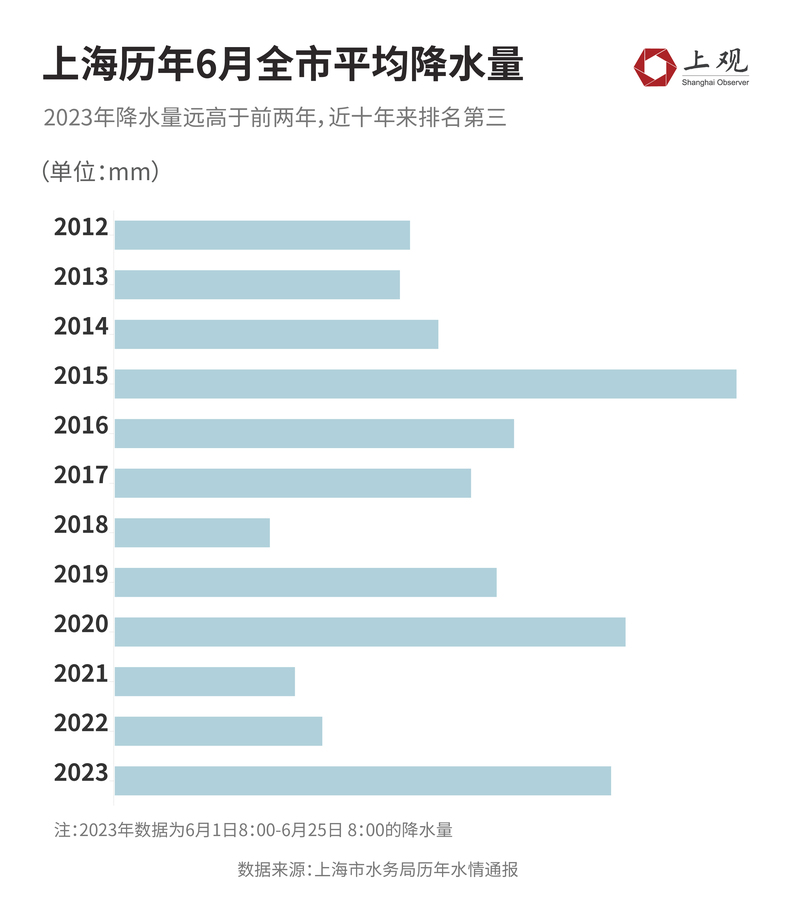You have to go to medical school even if you are struggling! The story behind the strike wave in South Korea's medical profession
Recently, South Korea's medical frontline has been plunged into chaos. Intern doctors and resident doctors in Seoul's five major hospitals went on strike, and more than 6,400 doctors in 100 hospitals across the country submitted applications for resignation.
In addition, hundreds of medical students at several medical schools in South Korea refused to attend classes in protest.
The trigger was a new policy announced by the South Korean government at the beginning of this month - in order to solve the shortage of doctors, it will expand the number of new medical school students starting from the college entrance examination in the 2025 academic year, and the number will increase from the current 3,058 to 5,058.
Why does the enrollment expansion cause an uproar? Several Korean students at Fudan University wrote the article "The Phenomenon of Korean Students Preferring Medicine". The following is an excerpt:
----------------------------
Korean students prefer medical majors when applying for college entrance examinations, which can even be said to be a state of "paranoia".
According to public data, the number of candidates applying for medical school in South Korea has been increasing every year.
However, the admission rate of medical schools is relatively low, and the competition is very fierce. According to the admission data and statistical reports of major medical schools in South Korea, the rate of admission among Korean high school students after applying for medical majors does not exceed 50%, and many high schools even fail to meet the requirements. to 20%. Despite this, there are still many students who study hard and even repeat studies for this goal. The repeat rate of students admitted to medical school is close to 80%, and the multiple repeat rate is an astonishing 35%.
This includes some students who have already been admitted to study in other majors and choose to drop out in order to enter medical school.
In 2022 alone, 1,421 science and engineering students dropped out of Seoul National University, Korea University and Yonsei University, and a large number of them chose to re-enter medical school. This year's government plan to significantly expand medical school enrollment has led to more top students rejecting admission to top engineering colleges and choosing to apply for medical schools instead. According to Korean media reports, 26% of those who passed the regular entrance examination for the Computer Science and Engineering Department of Seoul National University gave up enrolling, but all those who passed the Seoul National University School of Medicine examination registered without exception. At other prestigious universities such as Yonsei University and Korea University, 71% of students gave up admission to semiconductor-related majors, compared with only 38% last year.
Why go to medical school at all costs?
First, among professional freelancers, doctors earn the highest average income. Especially compared with 10 years ago, the average income growth is the highest. Data released by the Korean Taxation Service show that doctors earn approximately 781 million won, which is higher than lawyers, accountants and architects.
However, the career advantages of civil servants, which were previously popular among Korean students, have been decreasing in recent years.
According to data from South Korea's Ministry of Education, the per capita minimum wage increases by 5% to 7%-8% annually, while the salary of civil servants increases by less than 1% annually, which makes the competition for civil servants less difficult year by year.
Secondly, doctors also have higher stability than other professions.
The unemployment rate among young people in South Korea has ranked first in the OECD for seven consecutive years. In the past, it was the ideal for Korean students to get into a good university and enter a large company such as Samsung or SK Hynix. However, after the epidemic, from the perspective of companies, college graduates have high initial salaries and low labor flexibility, and companies are less willing to hire new employees.
In addition, in order to protect the rights and interests of workers, relevant Korean laws stipulate that the labor contract period of regular employees of an enterprise is life-long. It is difficult for Korean companies to fire regular employees. Therefore, many companies tend to hire more informal employees. Informal employees are equivalent to interns or temporary workers in China. After the time specified in the contract expires, the company can decide to continue to employ them as informal or regular employees, or no longer hire them.
The gap in salary levels between informal employees and regular employees is widening year by year. This has caused young Koreans to not only face huge competitive pressure when applying for jobs in large companies, but also worry about whether they can become regular employees after being hired.
It is understandable why Korean doctors and medical students are opposed to the expansion of enrollment, because the direct result of the expansion is likely to be an increase in the number of employees and a decrease in income. This is unacceptable for them who have only gained a place after fierce competition.
So, why do Korean medical schools need to expand their enrollment?
South Korean medical schools have never expanded their enrollment since 1998. From 2000 to 2006, the number of medical school admissions was reduced from 3,273 to 3,058, and has remained so since then.
However, according to a report released by the OECD in November 2023, South Korea has only 2.6 doctors per 1,000 people, which is lower than the OECD average of 3.7, ranking last among developed countries, while South Korea ranks first among OECD member countries in the number of outpatient visits per capita. .
It can be seen that the number of doctors is not very sufficient relative to the demand for medical treatment.
In addition, there is an imbalance in the number of doctors between different specialties. Specialties such as rehabilitation medicine and dermatology are popular due to the aging population, while obstetrics and gynecology are less popular due to the declining birth rate. Even for cardiothoracic surgery, which is directly related to human life, the application rate is not high.
The top five majors in the chart above are all majors with relatively low requirements and high incomes, while the bottom three majors have high requirements but low incomes. This is the reality of the Korean medical system. Doctors are gradually changing from a profession of saving lives to a profession of making money.
The distribution of doctors between developed and underdeveloped areas in South Korea is also very uneven. Most doctors want to stay in Seoul and avoid areas outside Seoul, especially rural areas. In rural South Korea, there are many elderly people with diabetes who need internists, but the salaries are very high and there are no doctors to apply for them. They can only drive about an hour to big cities for treatment.
The medical community in South Korea believes that the medical reform policy cannot solve the problems of shortage of medical personnel and uneven resource distribution. Blind expansion of enrollment will only lead to intensified competition and further worsen the living environment of doctors. The government obviously does not think so, and the enrollment expansion policy has won the support of the majority of citizens. A weekly tracking survey released by Gallup Korea shows that 76% of respondents have a positive evaluation of the government plan, while only 16% have a negative attitude.
This article is the work of students in the "Data Analysis and Information Visualization" course at Fudan University. The instructors are Zhou Baohua, Cui Di, and Lan Xingyu. The authors are Li Canyi, Pei Xianyu, Park Kuijian, Jiang Mingyu, and Xu Junyu.


![Which of the three provinces and one city has the best hairy crabs? [Numbers on the Yangtze River Delta] Yangcheng Lake is not the boss](https://a5qu.com/upload/images/77ca40d9917fdc5ec00bd64b863dc993.webp)


